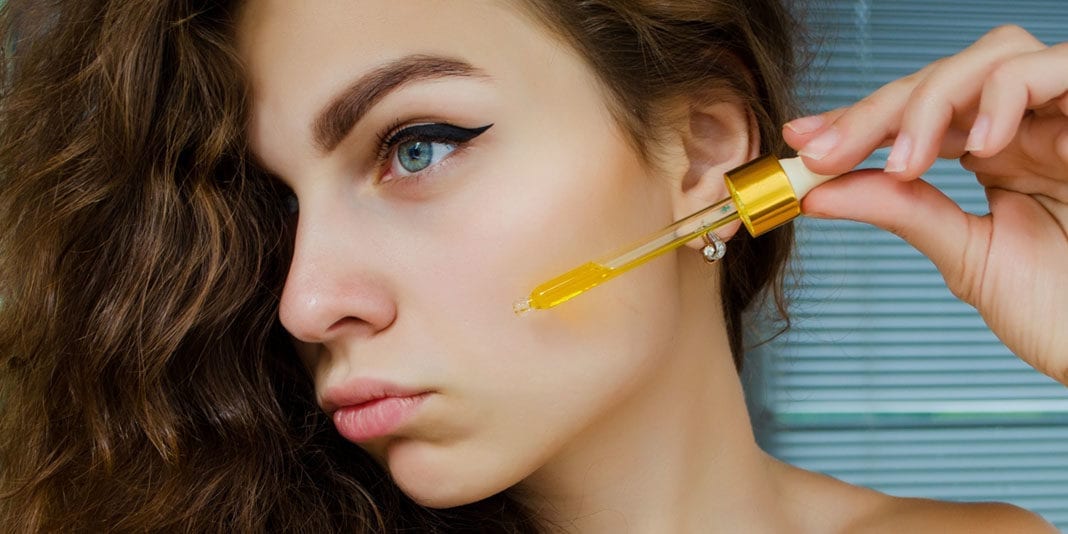There are different types of facial oils, and it can be hard to determine whether we should use them and when exactly. Different skin types benefit from different kinds of oils, and if you are wondering which one is the right one for you and how to use it correctly, then keep on reading.
What Are Facial Oils?
Facial oils are single or combination of different extracted plants and fruit oils from seeds and other parts of the plant. Oils are emollients, which means that they can soften the surface layers of our skin, but because they don’t penetrate as deeply as moisturizers, they aren’t as moisturizing as we might believe.
How Does The Oil Work on The Skin?
In general, all facial oils contain fatty acids. Fatty acids are split into two parts: linoleic and oleic fatty acid. Linoleic is excellent for oily skin, while oleic works best on the dry skin.
Our skin follows a daily cycle of sebum production, which is at its peak during the middle of the day. From midday to evening, your sebum production begins to lower, and by night, your sebum secretion is at its lowest. That’s why you should add oils after moisturizing in your evening routine. Because, while you are sleeping, your skin gets dehydrated.
What Are The Types of Facial Oils?
There are three types of facial oils: essential, carrier, and treatment oils.
Essential oils are distilled leaves, bark, roots, and other aromatic parts of the plant. They are highly concentrated and require carrier oils to dilute its potency to avoid irritation. When used correctly, they are great for repairing dry skin, calming inflammation and acne, and reversing aging and face scars.
Carrier oils are also known as base oils or fixed oils. They’re pressed vegetable oils derived from fatty parts of the plant, typically from the nuts, seeds, and kernels of a plant.
Treatment oils are single or combination of various plant essential oils and added vitamins to treat particular skin concerns.
When to Apply Facial Oils?
The general rule of thumb when it comes to applying products to your face is to do it after cleansing. Apply products from the thinnest one to the thickest. This will allow your skin to get properly hydrated and moisturized. If you are using an oil cleanser, you should use it right after your water-based cleanser. However, when it comes to facial oils, they should be used as the last step of your skincare routine.




































